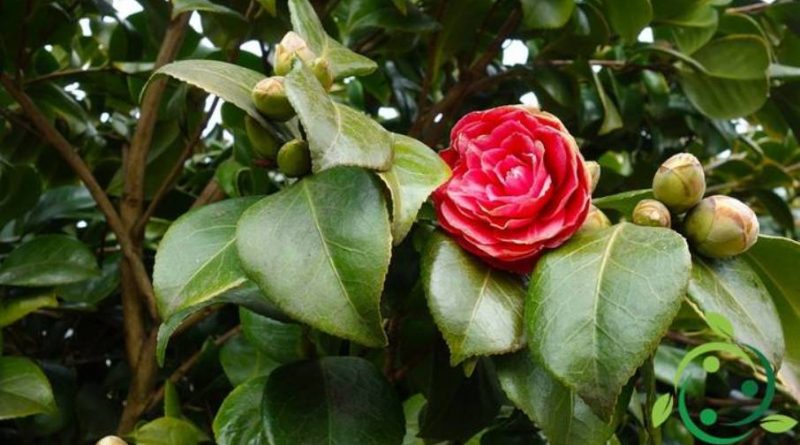How to grow Camellia
How to grow Camellia
La camèlia (Camellia L., 1753) is a genus of plants belonging to the Theaceae family, native to tropical areas of Asia. The name of the genus, chosen by Linnaeus, derives from the Latinized name of the Jesuit missionary Georg Joseph Kamel (1661-1706), botanist, who first imported the plant from Japan. There are many varieties of this kind. Some are fragrance-free while others are very fragrant. The most common colors for camellias are white, pink and red.
In this card we will see how to cultivate the Camellia, following the agronomic indications and the most useful devices, remembering that it is a subtropical plant which therefore grows with rainy summers and dry winters but which is also resistant to cold.
Camellia is a plant that prefers soils with an acid pH or at least neutral so it is good to choose soils with this reaction or, if cultivated in pots, to create a substrate for acidophilic plants.
It is also advisable to add silica sand to improve drainage and permeability, both in the vase and in the open ground; remember that camellias grow very well in volcanic soils. In fact the camellia does not like watery stagnations. In the case of pot cultivation, moreover, it is good to wax at the base of the same a very draining layer consisting of coarse gravel or perlite, moreover the saucer should never be filled with water.
Whether you cultivate in pots or in the open ground, it is advisable to choose a not very sunny position, giving preference to areas of penumbra. In fact, the sun too strong in summer could burn the leaves of the camellia.
You can plant the camellia near large trees that will help keep the air moist. Camellia does not tolerate intense frost so we do not recommend outdoor cultivation in areas where winters are very cold and in any case we suggest placing the camellia in an area of the garden sheltered from both cold and wind.
Furthermore, in very cold areas cultivation in an outdoor environment can be quite difficult; in these cases you can choose a sheltered environment even in a shaded greenhouse; in any case, even those grown in pots must be returned to a more sheltered and warm environment. As for the camellias to be cultivated in pots, give your preference to varieties of camellia that grow slowly and remain rather low; you also need to repot the plant every two years. From the point of view of the size of the plant you will have to adjust thanks to pruning.
Let’s go to the fertilizers. In the open ground it is good to mix the organic fertilizer in the first layers of soil during the vegetative recovery, taking care not to damage the roots. This operation must be done every year. Even potted fertilizers can be used in liquid form and in any case, during repotting, a larger container should be chosen in which to renew the substrate with a good amount of organic substance.
With regard to water supplies, the use of non-calcareous waters is recommended; the use of rainwater or demineralised water is optimal to ensure that the pH of the soil does not exceed the value of 6.5. In fact, in the case of a neutral or excessively alkaline pH, the camellia suffers from it, and chlorosis (difficulty in absorbing iron and microelements) begins to appear.
Water the camellia regularly, especially in summer, directing the water directly to the base of the plant and without wetting the flowers and leaves so as not to damage them. Finally, a suggestion also for the aesthetic appearance of the plant; it is good to keep the growth of the camellia under observation, pruning the old branches at the beginning of spring to favor the birth of new buds.

